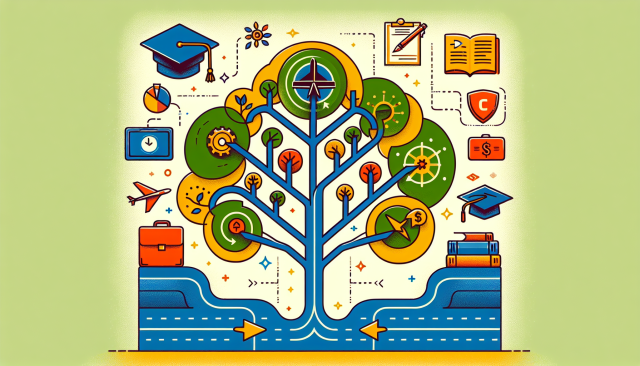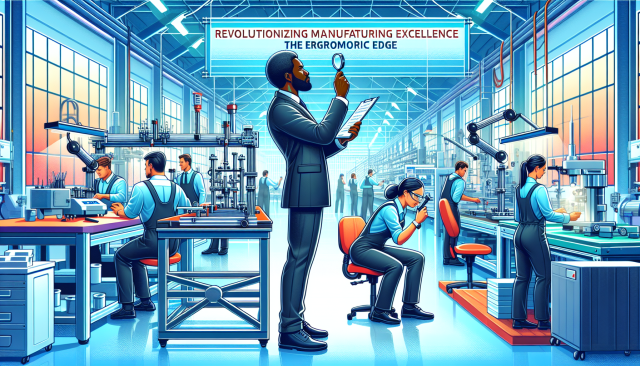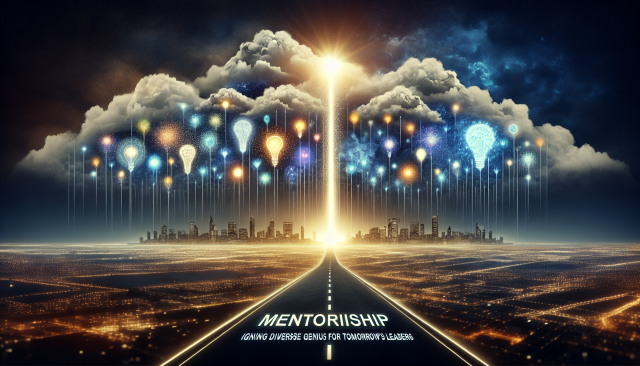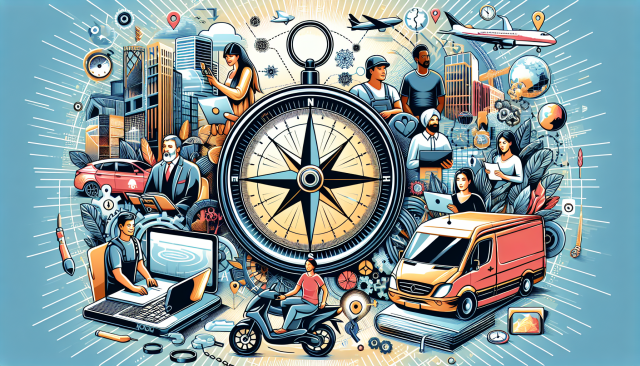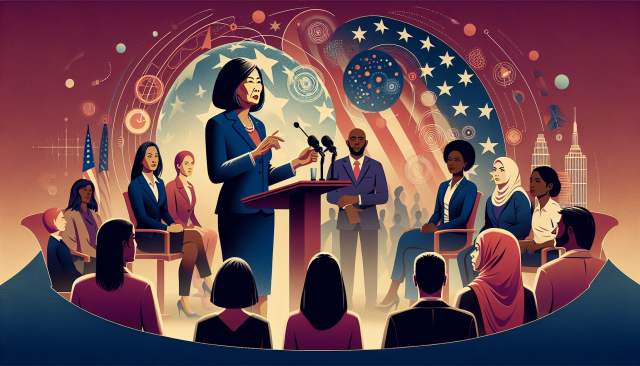Cultivating Tomorrow's Visionaries: A Growth-Mindset Journey for Aspiring Leaders
Cultivating Tomorrow’s Visionaries: A Growth-Mindset Journey for Aspiring Leaders
As we celebrate National Mentoring Month, it’s an opportune time to reflect on the transformative power of mentorship, particularly in nurturing a growth mindset within budding leaders. The journey of an apprentice professional is one paved with challenges, opportunities, and the potential for profound personal and professional growth. Mentorship serves as a guiding light, fostering not just skill development but the mindset necessary to lead and innovate in an ever-evolving world.
At the heart of effective mentorship for aspiring leaders lies the cultivation of a growth mindseta belief that abilities and intelligence can be developed through dedication and hard work. This mindset contrasts with a fixed mindset, which views talents as innate and unchangeable. By embracing a growth mindset, apprentice professionals unlock a world of possibilities, resilience, and innovation.
Embracing Challenges as Growth Opportunities
For apprentice professionals, challenges are not roadblocks but stepping stones to mastery. Mentors play a crucial role in reshaping perceptions of failure. Under their guidance, setbacks become opportunities for learning and growth. By encouraging an appetite for challenges, mentors empower apprentice leaders to step out of their comfort zones and drive their development proactively.
Consider the story of an apprentice leader tasked with spearheading an ambitious project. Rather than fearing potential failure, a growth-minded mentor encourages an experimental approach, fostering an environment where innovation flourishes, and each setback serves as a valuable lesson.
Fostering Resilience Through Feedback
Feedback is often one of the most potent tools in the mentor’s toolkit. In a growth-mindset nurturing relationship, feedback is not about criticism but constructive dialogue aimed at improvement. Apprentice professionals learn to seek out feedback, view it as a map for growth, and use it to refine their skills and strategies.
Effective mentorship involves creating a safe space where feedback is a regular, welcomed part of the learning process. This approach empowers apprentice leaders to assess their progress objectively and develop resiliencean essential trait for any visionary leader.
Encouraging Curiosity and Continuous Learning
A growth mindset thrives on curiosity and an unquenchable thirst for knowledge. Mentors inspire apprentice professionals to cultivate a lifelong learning attitude. By modeling intellectual curiosity and encouraging a diverse array of learning experiences, mentors help apprentices see the value of cross-disciplinary knowledge and innovative thinking.
This continual pursuit of learning fuels creativity and adaptability, vital components for future leaders who will navigate industries that are in a constant state of flux.
Nurturing Empathy and Inclusive Leadership
Importantly, a modern leader’s vision must also encompass empathy and inclusivity. A growth mindset led mentorship emphasizes the importance of understanding diverse perspectives and building inclusive environments. By promoting empathy and ethical decision-making, mentors prepare apprentice professionals to lead with compassion and responsibility.
Through mentoring relationships, future leaders learn to value and leverage diversity, seeing it as a source of strength rather than a challenge.
Building a Community of Visionaries
Mentorship transcends the individual, fostering a community of future leaders whose shared experiences and collaborative spirit can drive collective growth and innovation. In the Apprentice Professionals community, fostering networks where ideas and experiences are exchanged is crucial. Such communities serve as incubators for emerging leaders, providing a supportive environment where a growth mindset can thrive.
As we honor the impact of mentorship in National Mentoring Month, let us celebrate the role of mentors in shaping not just the skills of future leaders, but their mindsets. By instilling a growth mindset, mentors lay the foundation for a new generation of visionariesleaders equipped to tackle tomorrow’s challenges with creativity, resilience, and an unwavering commitment to continuous growth.

















